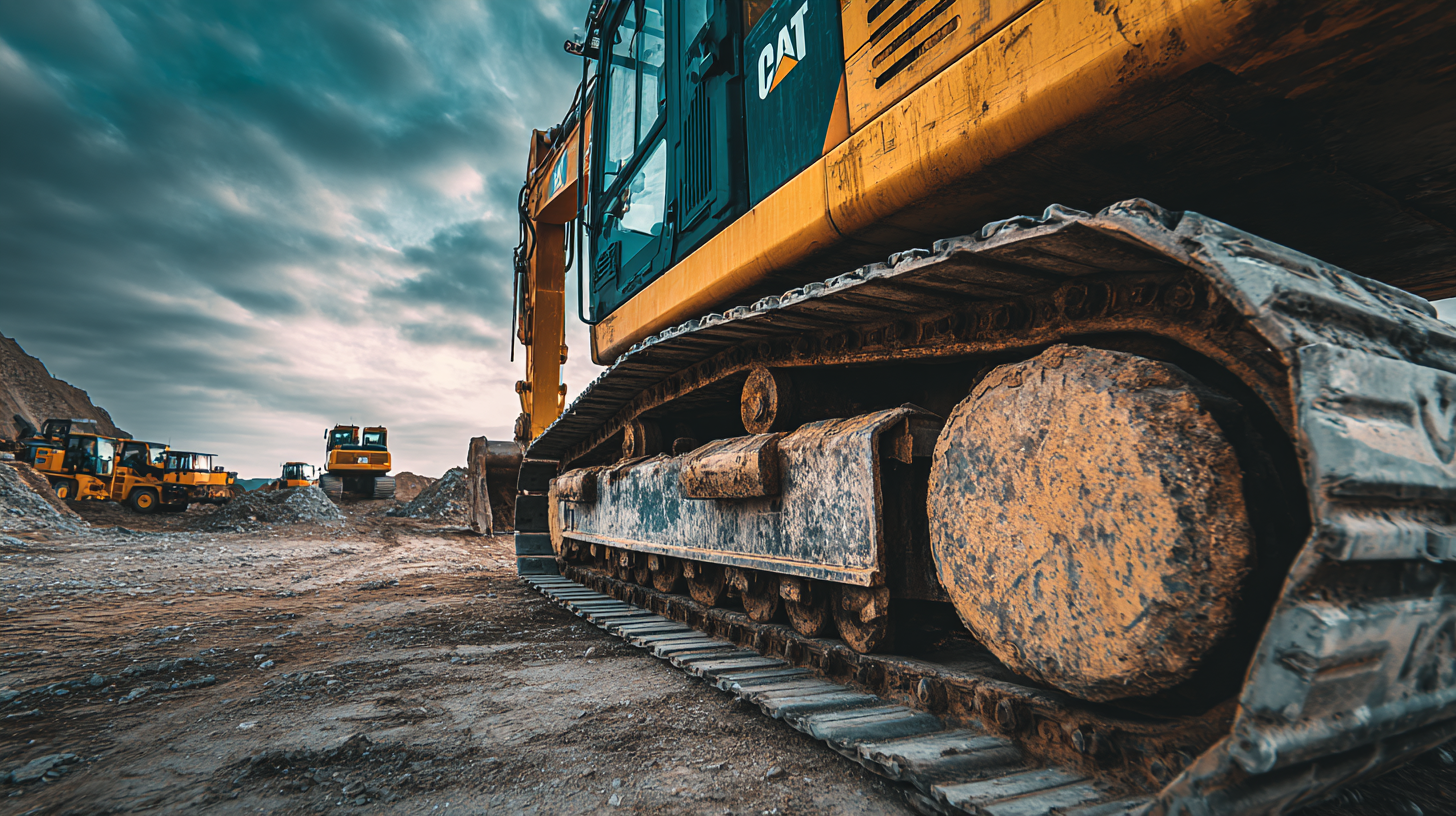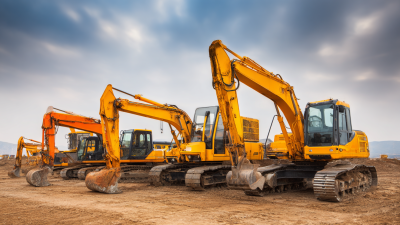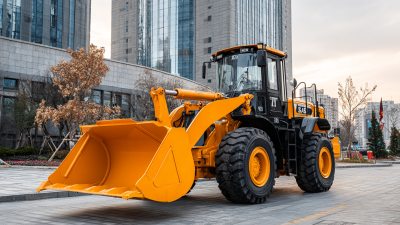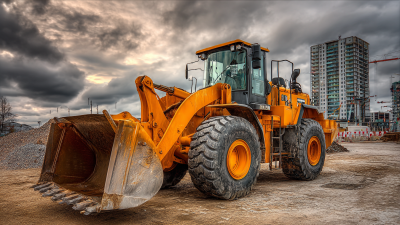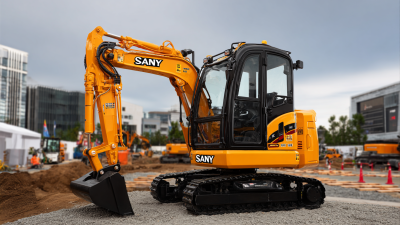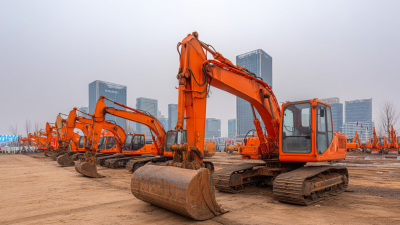Leave Your Message
-
Phone
-
E-mail
-
Whatsapp
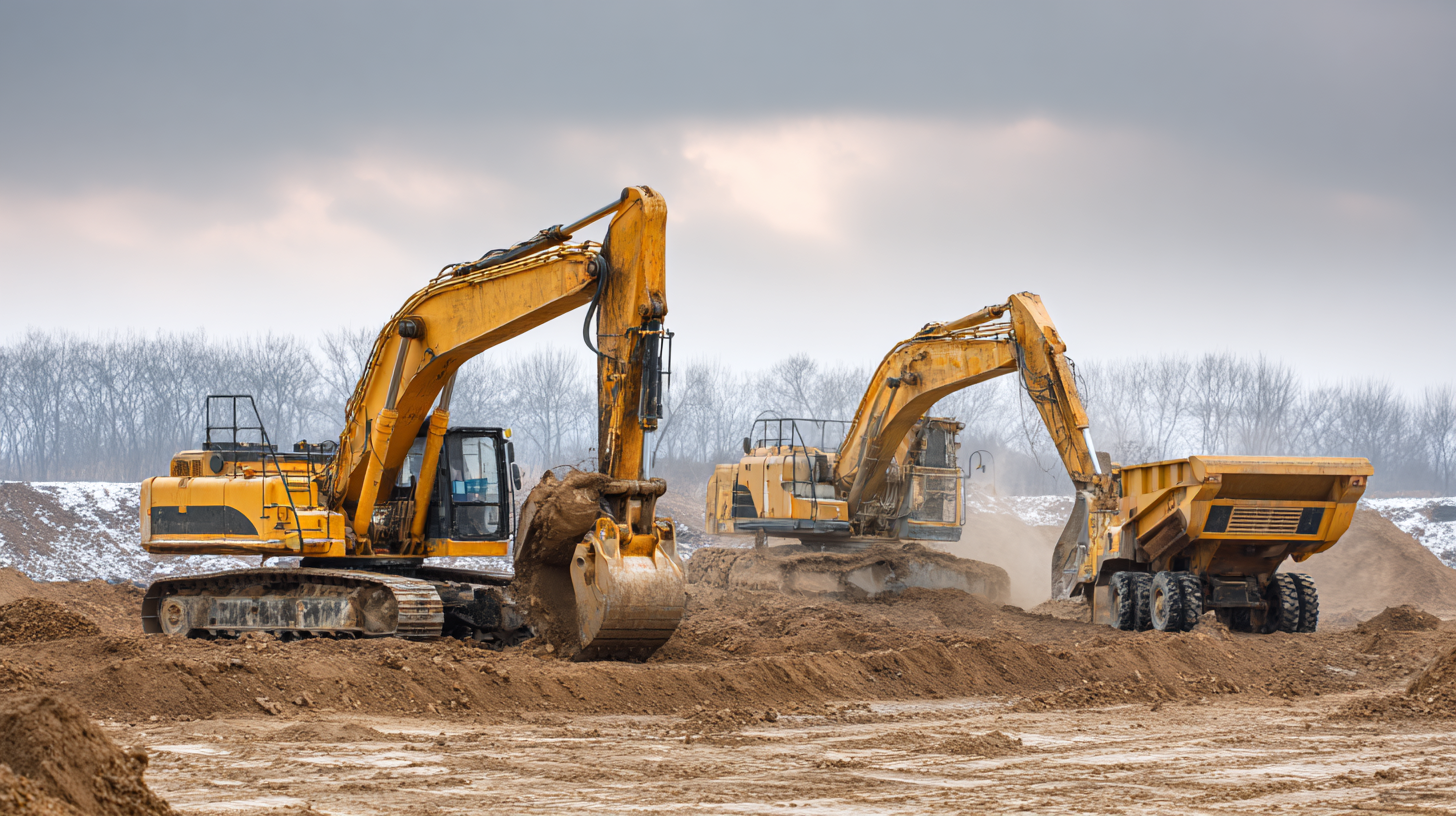 The construction industry is undergoing a transformative shift, heavily influenced by advancements in Heavy Equipment Machinery, which not only enhance operational efficiency but also contribute to sustainability trends. According to a report by the Associated General Contractors of America, the integration of modern machinery has been shown to improve productivity by as much as 30%, allowing projects to be completed in significantly shorter timeframes. Additionally, leveraging technologically advanced equipment helps reduce emissions and material waste, aligning with environmental regulations and sustainability goals. The global heavy equipment market is projected to reach $210 billion by 2027, further driving investments in eco-friendly machinery that meets both performance and environmental standards. As the construction sector increasingly embraces these innovations, the implications for efficiency and sustainability become more pronounced, shaping the future of the industry.
The construction industry is undergoing a transformative shift, heavily influenced by advancements in Heavy Equipment Machinery, which not only enhance operational efficiency but also contribute to sustainability trends. According to a report by the Associated General Contractors of America, the integration of modern machinery has been shown to improve productivity by as much as 30%, allowing projects to be completed in significantly shorter timeframes. Additionally, leveraging technologically advanced equipment helps reduce emissions and material waste, aligning with environmental regulations and sustainability goals. The global heavy equipment market is projected to reach $210 billion by 2027, further driving investments in eco-friendly machinery that meets both performance and environmental standards. As the construction sector increasingly embraces these innovations, the implications for efficiency and sustainability become more pronounced, shaping the future of the industry.
Advanced heavy equipment has become a cornerstone of modern construction processes, significantly enhancing efficiency while addressing sustainability concerns. These machines, equipped with cutting-edge technology, enable construction teams to complete tasks more quickly and with greater precision. For instance, GPS-driven excavators and drones for site surveying streamline project planning and execution, reducing both labor costs and on-site errors. By integrating advanced technologies, construction projects not only adhere to tighter deadlines but also minimize waste and resource usage.
**Tips for Integration:** When incorporating advanced heavy equipment into your projects, prioritize training for your team. Understanding the full range of capabilities that modern machinery offers can lead to improved operational efficiency. Additionally, consider the selection of energy-efficient equipment, which not only reduces environmental impact but can also lower operational costs over time.
Moreover, the application of automation in heavy machinery has transformed traditional workflows. Machines equipped with autonomous features can operate repetitive tasks, freeing up skilled labor for more complex problems. This shift not only enhances productivity but also fosters a safer working environment by minimizing human error in hazardous tasks. As firms invest in advanced heavy equipment, they pave the way for a more sustainable and efficient construction industry.
The construction industry is witnessing a significant transformation with the integration of automation in heavy machinery. This shift not only enhances productivity but also contributes to sustainability trends that are critical in today's environmental context. Automated construction machinery streamlines various processes, from site preparation to the actual building phase, resulting in efficient resource allocation and reduced operational waste. The industry now prioritizes technologies that optimize construction timelines while minimizing ecological footprints.
As the global demand for construction automation rises, the market is projected to experience substantial growth, with the construction automation systems market expected to increase from $87.85 billion in 2025 to $154.74 billion by 2032, reflecting an annual growth rate of 8.4%. This expansion underscores the industry's shift towards machinery that not only delivers efficiency gains but also aligns with sustainable practices. As companies adopt advanced automated solutions, they can achieve significant improvements in project execution, effectively balancing the dual objectives of enhancing operational efficiency and promoting environmental sustainability.
This chart illustrates the efficiency gains from automation in construction machinery over a period of five years. The data highlights improvements in productivity and reduced environmental impact.
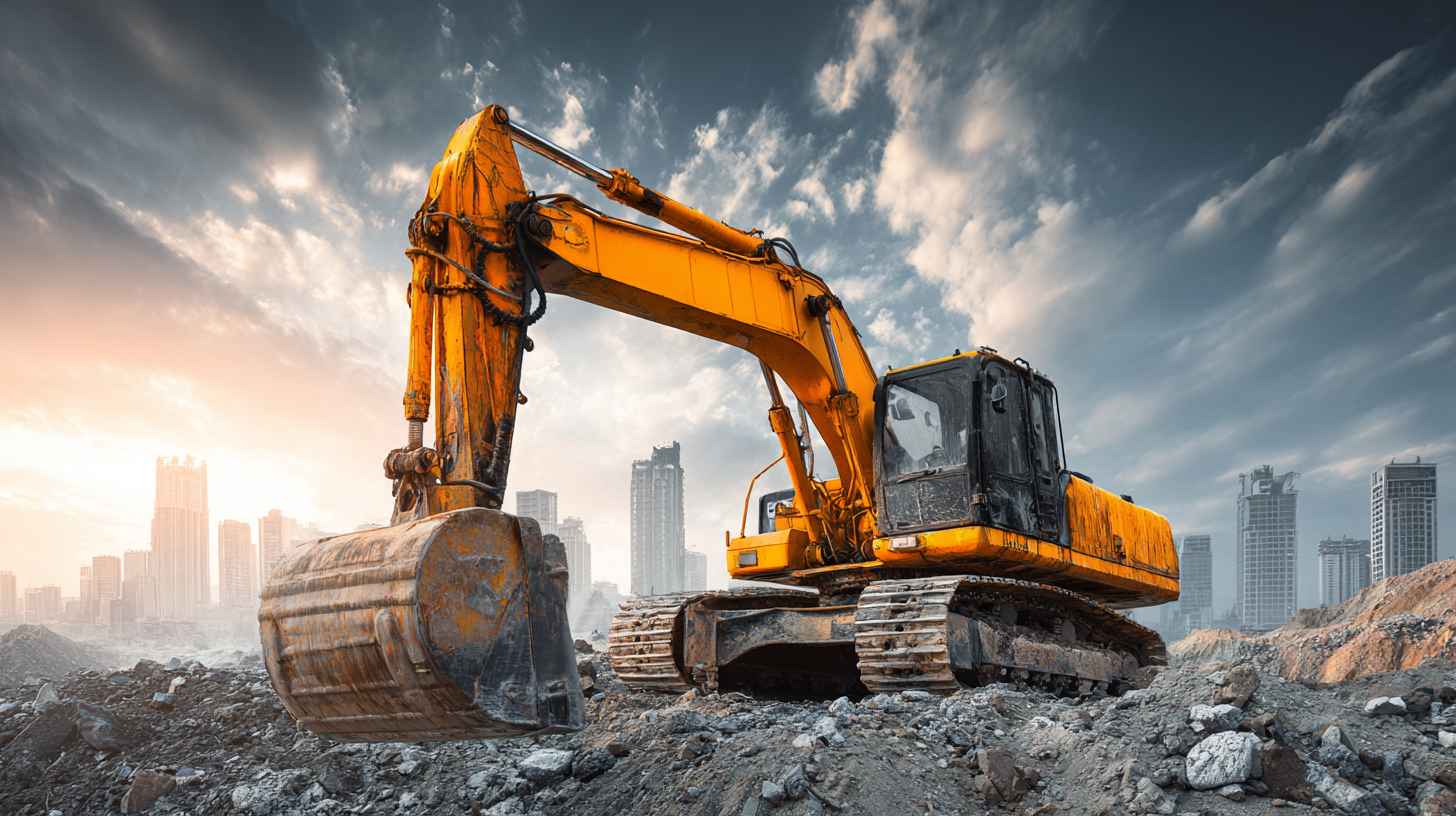 The environmental benefits of modern heavy equipment usage in construction are increasingly significant, particularly in the context of sustainability trends. Modern machinery is designed with advanced technologies that enhance fuel efficiency and reduce greenhouse gas emissions. For example, the integration of electric and hybrid systems in excavators and loaders significantly lowers carbon footprints compared to traditional diesel-powered models. This shift not only aligns with global sustainability goals but also helps construction companies reduce operational costs through lower fuel consumption.
The environmental benefits of modern heavy equipment usage in construction are increasingly significant, particularly in the context of sustainability trends. Modern machinery is designed with advanced technologies that enhance fuel efficiency and reduce greenhouse gas emissions. For example, the integration of electric and hybrid systems in excavators and loaders significantly lowers carbon footprints compared to traditional diesel-powered models. This shift not only aligns with global sustainability goals but also helps construction companies reduce operational costs through lower fuel consumption.
Moreover, the utilization of heavy equipment equipped with precision control technologies minimizes material waste and optimizes resource management on job sites. Machines that offer GPS and real-time data analysis enable operators to perform tasks with heightened accuracy, thus lessening the environmental impact of over-excavation or unnecessary material usage. Additionally, manufacturers are increasingly adopting recyclable materials and eco-friendly designs in the production of heavy machinery, further contributing to environmental conservation efforts within the construction industry. Through these advancements, the industry is taking significant strides towards a more sustainable future.
In recent years, the construction industry has witnessed a significant shift towards sustainable practices, particularly in the investment trends surrounding construction equipment. According to a report by the Global Industry Analysts, the market for sustainable construction equipment is projected to reach $200 billion by 2027, reflecting a compound annual growth rate (CAGR) of 8.5%. This surge marks an increasing awareness among companies about the importance of investing in machinery that not only enhances efficiency but also reduces environmental impacts.
Innovations in heavy machinery, such as hybrid and electric equipment, are at the forefront of this transformation. A recent survey by McKinsey found that 70% of contractors believe that investing in sustainable equipment leads to improved operational efficiencies and cost savings in the long term.
Moreover, construction firms that have adopted eco-friendly machinery reported a decrease in fuel consumption by up to 25%, demonstrating that these investments not only contribute to sustainability goals but also offer substantial financial benefits.
The industry's embrace of green technology in heavy equipment is reshaping its landscape, promoting a culture where sustainability and efficiency go hand in hand.
In recent years, the construction industry has seen significant advancements in equipment innovation that directly contribute to enhanced sustainability. Case studies reveal that companies adopting advanced heavy machinery, such as energy-efficient excavators and electric cranes, are able to reduce their carbon footprints substantially. For instance, a construction firm in Scandinavia implemented hybrid construction equipment, leading to a 30% reduction in fuel consumption during large-scale projects. This commitment to utilizing greener technology not only lowered operational costs but also positioned the company as a leader in promoting eco-friendly construction practices.
Moreover, the integration of smart technology in heavy equipment plays a crucial role in optimizing construction processes. A notable case involved a project in a metropolitan area where the use of GPS-enabled machinery improved site accuracy and reduced waste. By monitoring equipment performance in real time, operators were able to adjust workflows and minimize excess material usage. Consequently, these innovations not only enhance productivity but also align with global sustainability trends by encouraging resource conservation and reducing environmental impact. As more organizations pivot towards such equipment innovations, the potential for sustainable construction practices continues to grow, highlighting a promising trajectory for the industry.
